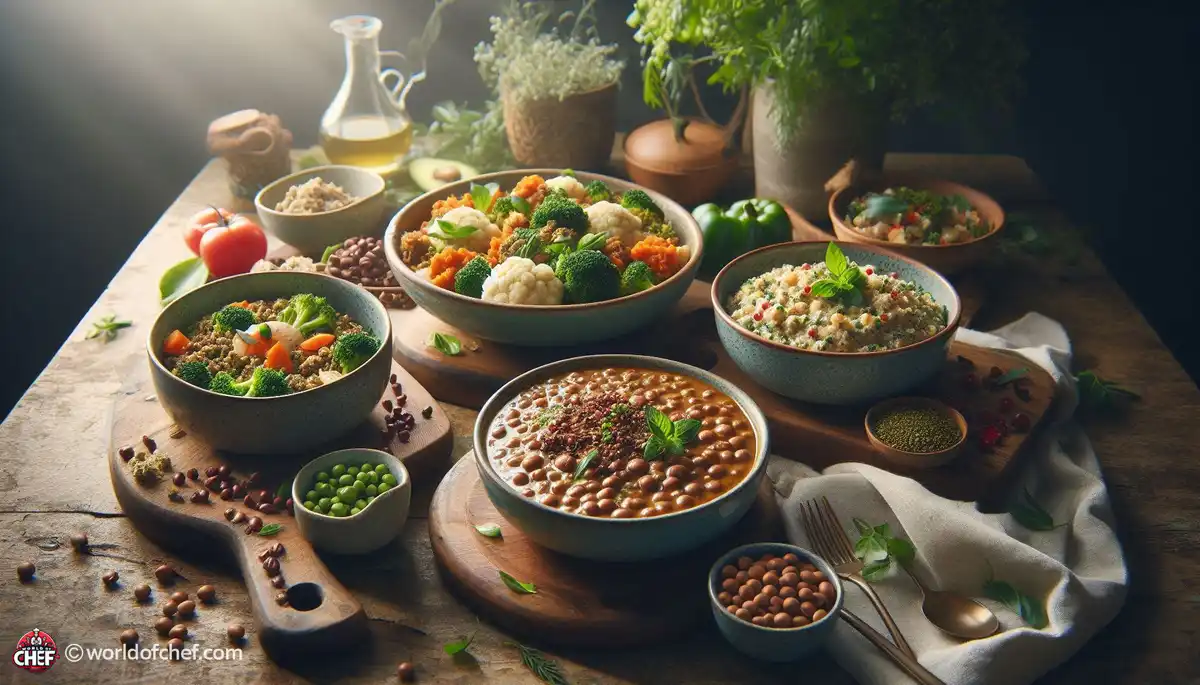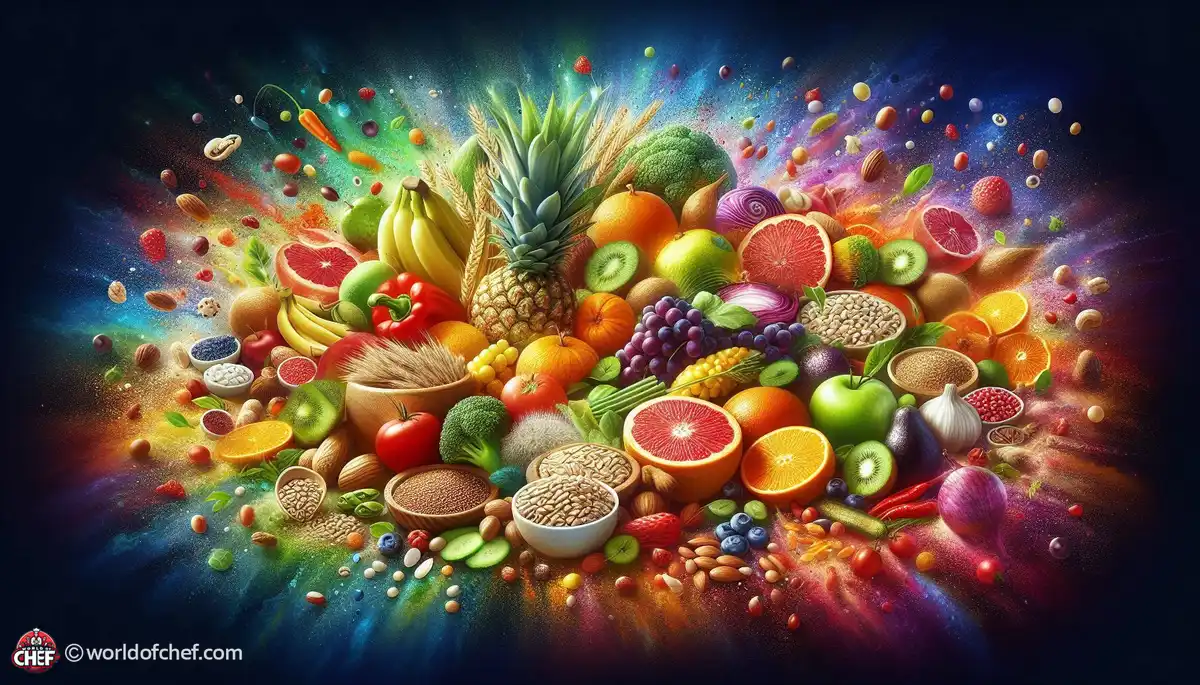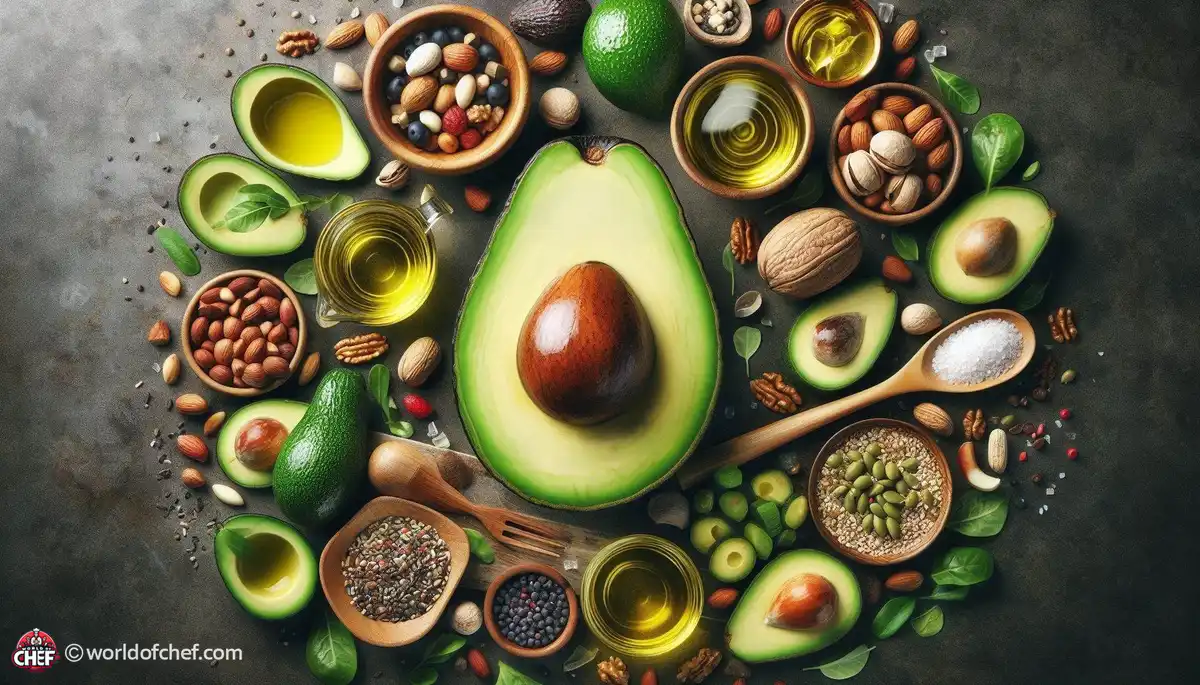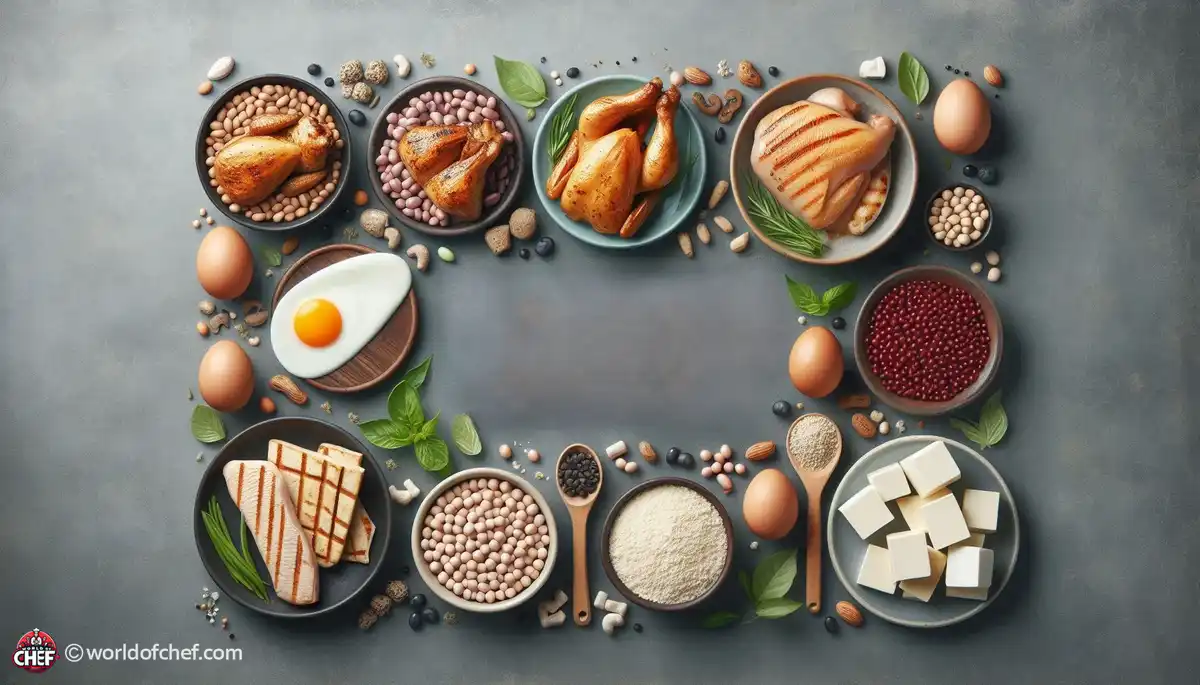
Dinner Delights: High-Fiber Recipes for Every Palate
Clarence Guido - Oct 7, 2024 - 7 min read


Fiber is one of those essential components missing from most diets, but it's really useful. It is a form of carbohydrate that the body can't break down and is found in plant-based foods in the form of fruits, vegetables, whole grains, nuts, and seeds. There are two categories of fiber: soluble and insoluble. The soluble fiber dissolves in water and forms a gel-like substance, while the insoluble kind does not change its state as it passes through the body's digestive system. The two types play significant roles when it comes to health matters. While both are important, the soluble kind is especially helpful during weight loss.
When trying to lose weight, the best that you can do is incorporate a diet that has high levels of fiber. Soluble fiber, on the other hand, slows down digestion and absorption of nutrients, such as carbohydrates. This means less sugar flooding into the bloodstream, preventing those erroneous spikes in blood sugar that give one the hunger pangs and cravings. It adds bulk to meals so that you feel fuller and consequently end up consuming fewer calories in general. Keeping you full for longer periods, fiber is sure to prevent you from overeating and snacking, thus helping you achieve your weight loss goals.
Adding high levels of fiber to your diet does not necessarily have to be a challenging process. You can do it by bringing in high-fiber foods into your diet, taking care that they make their appearance gradually in your Daily Meals and snacks. Whole fruits instead of fruit juices, whole grains such as brown rice and quinoa instead of refined grains. One must include loads of vegetables, legumes, and nuts to their diet. Different recipes can be tried in order to make the dishes full of fiber more appealing and fun. Do not forget to take adequate amounts of water in a day to help fiber move smoothly along your digestive system and prevent constipation.
In the reduction of body weight, fiber is among the major advantages that control hunger. Foods with a high content of fiber take longer periods to chew and digest and make a person full for a more extended period. In addition, soluble fiber dissolves in the digestive system and forms a gel that slows stomach emptying, thus delaying the onset of fullness. With reduced hunger and less likelihood of overeating, high fiber content means fewer calories are consumed and weight loss is achieved.
To attain your target weight, the food that you will be taking in must give you the fullness feeling during breaks. Foods rich in fiber are the best because of volume, nutrients, and fullness. Include oats, beans, lentils, and vegetables as part of your meal. The intake of protein combined with fiber rich products will promote satiety and facilitate better weight loss by inhibiting unhealthy food cravings during the day.
To maximize fiber-induced satiety, construct balanced nutrientand fiber-rich meals. It is essential to have several sources of fiber in each meal; that is, whole grains, vegetables, fruits, and legumes. Increased protein consumption, such as lean meats, poultry, fish, tofu, and Greek yogurt, will help you to be more full and help in maintaining lean muscle mass while losing weight. Research the various proportions and recipes that can lead you to great-tasting meals to satisfy your personal taste buds and dietary needs. But listen to your inner senses-that is, to your hunger and fullness signals, which you will now pay closer attention to and be supported in eating more intuitively.
Beneficial bacteria in the gut play a critical role in health as they are involved in aspects of digestion, immunity, and metabolism. Beneficial microbes in the gut feed on fiber, an important source of energy for their growth and development. It helps maintain the optimal gut environment by feeding microbes and proper digestive functions. Researchers have proven that an effective gut microbiome offers so many Health Benefits, including weight management and reduction of diseases.
In addition to promoting beneficial gut bacterial growth, fiber will play an active role in preventing constipation by promoting regular bowel movements. Soluble fiber helps bulk up the stool, and thus facilitates easier passage of stool through the gastrointestinal tract. Regularity allows the fiber to remove waste and toxins from the system and is supportive of overall gut health and well-being. Adequate Fiber Intake is essential to avoid digestive problems and ensure optimal nutrient absorption from food.
As you boost the healthy gut and digestive system, you have to include various forms of fiber- riches foods into your diet. You can include much fruit, vegetable, whole grain, nut, seed, and legume intake in your meals and also as snacks. Ensure that you intake both soluble and insoluble forms of fiber so that you can get the best effects. Drink plenty of water, as proper hydration is crucial to good digestion and proper bowel movement. Graded increases in your fiber to allow your body to note signs of superior gut health and take you through your weight loss.

Clarence Guido - Oct 7, 2024 - 7 min read

Lydia Timmerman - Oct 6, 2024 - 6 min read

Logan Trowbridge - Oct 6, 2024 - 7 min read

Wayne Tobar - Oct 4, 2024 - 8 min read